How To Craft an Effective Project Proposal? (Project Proposal Sample)
Looking to craft a compelling project proposal? You’re in the right place. A project proposal is your persuasive ticket to convince stakeholders why your project should be greenlit. It’s a critical document that can make or break the success of your project. Thus, the importance of effectively crafting project proposals becomes paramount. If you are also struggling to craft the best project proposal, then this guide will walk you through every intricacy of project proposal creation, from what it should include to how to craft it and what its usage is.
What is a Project Proposal?
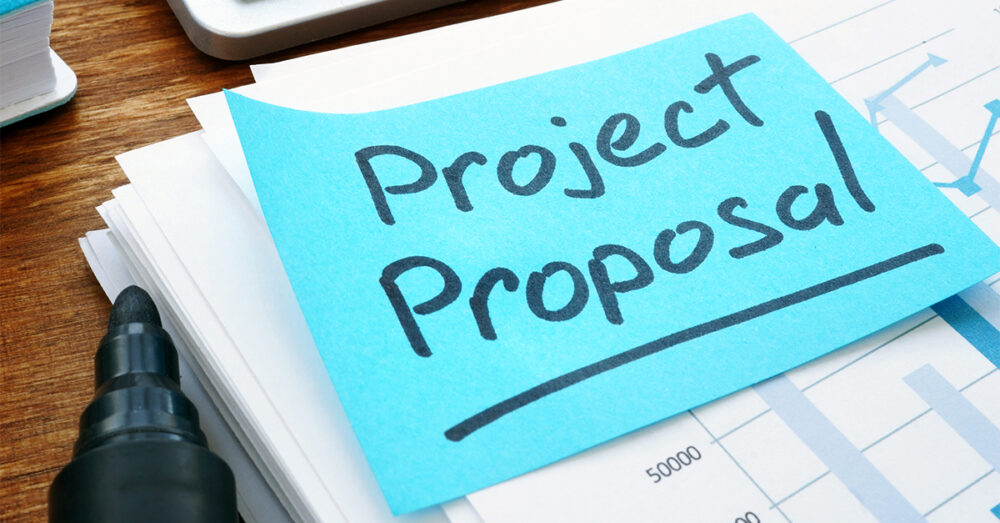
A project proposal is a summary of your project that highlights your plan, outlines potential hurdles, and, most importantly, portrays a solution that delivers the maximum benefits with minimal pitfalls. Your proposal isn’t just a sequence of words. It’s the key to convincing stakeholders of your proven past results, future potential, and utmost commitment to success.
Setting the stage with an executive summary is crucial in any project proposal. This section provides a high-level overview of your strategy and intent. The best project proposal samples also dive deeper into the background of the project, elucidating its origins and relevance. A clear understanding of where the project is rooted gives stakeholders context, fostering an apprecia1wtion for the broader objectives you’re aiming to accomplish.
Moving on to the essential details, solution deliverables and resource requirements show decision-makers exactly how you plan on executing the project. An idea may be extraordinary but unless it’s feasible, it simply can’t hold water. Thus, it’s essential not just to chart out your goals but also lay bare the resources necessary to achieve them.
Types of Project Proposals
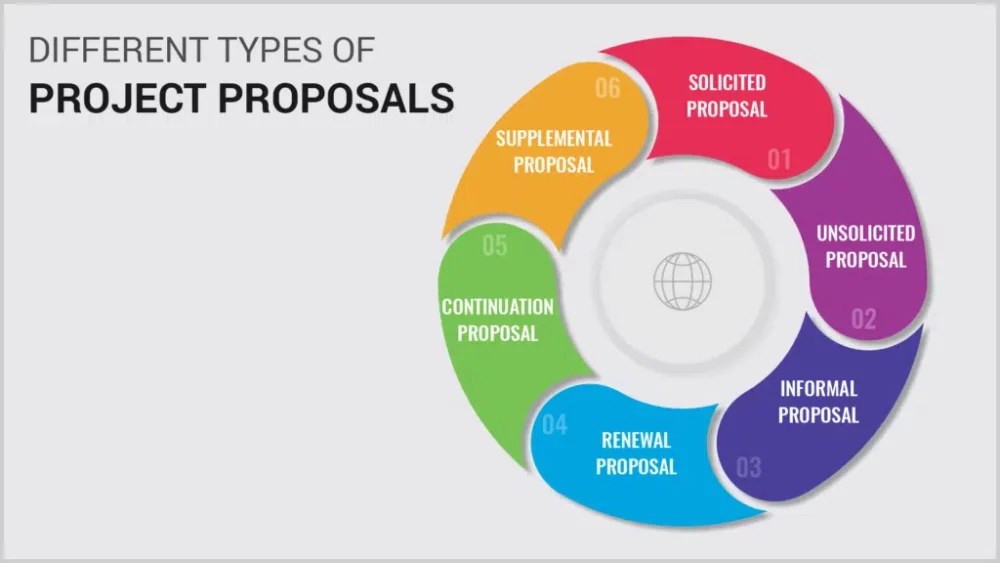
Navigating the world of project proposals can become overwhelming. But don’t panic! Understanding the different types and how each one functions is vital to perfect your proposal approach. Let’s take a look at what each type is all about.
1. Solicited Project Proposals
These proposals are sent in response to a specific Request for Proposal (RFP) issued by a client or organization. The RFP outlines the exact needs and specifications required for the project. Hence, solicited project proposals are usually more structured and formal. When drafting a solicited proposal, it’s crucial to adhere strictly to the RFP guidelines. These guidelines offer a roadmap to creating a project proposal that meets the exact preferences of the project owner.
2. Unsolicited Project Proposals
Among the different types of project proposals, the unsolicited version allows more flexibility. You initiate these proposals without any specific request from a client or an organization. It’s typically used to pitch an idea, product, or service. This proposal is more about persuasion. You propose possibilities of a partnership or collaboration, emphasizing the benefits of your idea, product, or service.
3. Informal Project Proposals
These are project proposals drafted in response to an informal request. Unlike solicited proposals, an RFP doesn’t guide these. They’re also less structured. It’s essential to view this as an opportunity to efficiently showcase your project without stringent guidelines.
4. Renewal and Continuation Project Proposals
Renewal project proposals are exactly what their name suggests. Use these to reach out to past clients or organizations. The aim is renewal of previous collaborations by highlighting past results and future prospects. Continuation project proposals are intended for ongoing projects to invite further funding or resources.
5. Supplemental Project Proposals
These proposals request additional resources or changes to an ongoing project. You can think of supplemental proposals as a tool to fine-tune your existing projects. Navigating these project proposal types is easier when you have practical samples for guidance. Look out for project proposal sample PDFs and sample project proposal templates. These tools can provide greatly needed assistance with structure and format. Remember, one size doesn’t fit all. Make sure you tailor your project proposal to the unique needs of your stakeholders.
What Should a Project Proposal Consist?
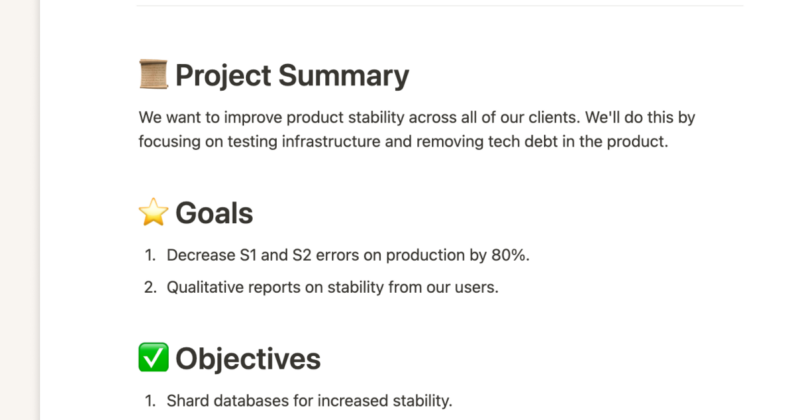
Creating a well-rounded project proposal plays a significant role in securing the right collaborations or partnerships. Therefore, knowing what to include in your proposal is critically important. Whether you’re drafting a solicited project proposal or an unsolicited one, a project proposal sample or a sample project proposal template can serve as a useful guide. So, what would this entail? Your proposal must address a few universal components regardless of its type.
- Project Objective: It’s crucial to clearly define your project’s purpose. Mention this at the very beginning to capture interest immediately.
- Project Deliverables: These must be explicitly defined. What will the project produce? Your potential partners need to understand the tangible outcomes.
- Project Timeline: This component lays out the expected schedule for the project. When will work begin, and when is it projected to end? Define these specifics clearly to set realistic expectations.
- Expected Budget: This part provides an estimate of how much the project will cost. The budget should be detailed and realistic to avoid any possible misinterpretation.
- Key Stakeholders: Stakeholders’ roles need to be clearly defined to avoid confusion or misunderstanding.
- Scope of Project: Clearly defining the project’s scope can prevent scope creep, which can spiral the project out of control.
- Potential Risks: Anticipating potential risks and outlining a mitigation approach shows future partners that you’re prepared for unforeseen circumstances.
- Sample Project Proposal PDFs: A quick Google search can bring up a variety of these, which can give you a starting point when drafting your proposal.
- These essential components are often included in a project proposal sample or sample project proposal template to provide a broad guideline. These guidelines can then be refined to adhere to the project’s specific requirements.
What is The Need For a Project Proposal?
Imagine winning a high-profile project or an essential partnership today. Sounds exciting, right? But here’s the catch—you won’t just stumble upon these opportunities. A strong project proposal can help you secure them. There’s an age-old saying in the business world: “Prepare for Success.” Consider your project proposal as your key preparation framework.
Your project proposal, irrespective of its type, serves as a detailed roadmap—it outlines the very essence of your project, including the objective, timeline, budget, expected deliverables, potential risks, and key stakeholders. Believe it or not, any client or partner would appreciate a well-crafted outline. It potentially increases trust and triggers interest in having meaningful collaborations with you.
Cooking up a persuasive project proposal from scratch is difficult. But don’t worry, a project proposal sample or a sample project proposal template would be really helpful to guide you here. Whether it’s a project proposal sample PDF you found online or a template recommended by your colleague, these tools can make the process smoother and more straightforward.
How to Write a Project Proposal?
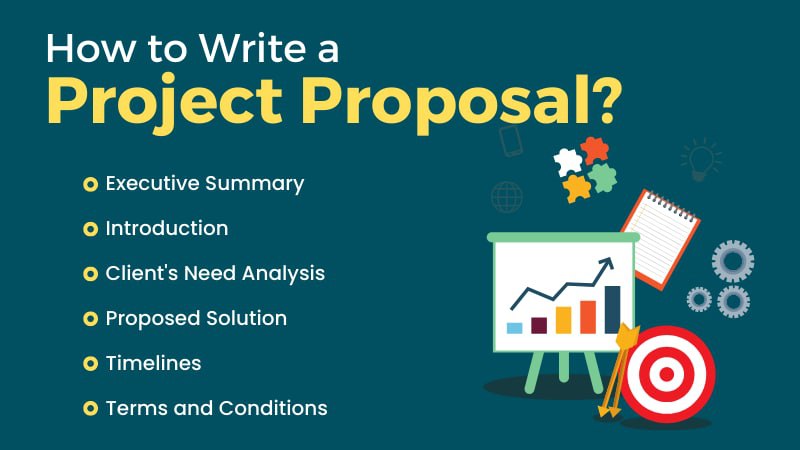
Understanding how to create a compelling project proposal can open doors in any industry. Be it communicating your project’s value to investors or securing funds from your employer, a well-structured proposal becomes a necessity. Furthermore, with an array of project proposal samples available, it’s easier than ever to perfect this skill. A sample project proposal can show you a clear pathway to constructing your own. To make one from scratch, it is necessary to follow a few simple steps:
- Write the Executive Summary: Summarize your project’s critical aspects to give the reader a nuanced overview.
- Explain the Project Background: Describe the reasons for the project, its significance, and the problem it aims to solve.
- Present a Solution: Detail your approach to solving the problem and the expected result.
- Define the Project Deliverables and Resources Needed: List what is expected at project completion, along with the resources required to achieve it.
We advise keeping your proposal concise, easy-to-understand, and persuasive. A comprehensive research process underpins a good proposal, and a project proposal sample or template can be a valuable asset. Thankfully, many such resources, including a sample project proposal template PDF, are readily available online to assist you in this endeavor. Remember, the key lies in knowing your audience and expressing your project’s value proposition in a way that piques their interest and earns their trust.
How is a Project Proposal Different from Other Documents?
How does a project proposal stand out from other project-related documents? Let’s delve into this and clarify the unique role it plays.
Unlike most other documents, a project proposal embodies the genesis of a project. It is vital in setting the project into motion by clearly defining the project details such as objectives, goals, budget, and timeline. It’s your ticket to communicating the project’s value and its potential benefits to stakeholders. A project proposal truly shines when it comes to securing funding, winning new clients, persuading existing clients to extend contracts, or convincing a manager to allocate resources for a fresh initiative.
Distinct from a project charter, the project proposal occurs during the project’s initiation phase, whereas a project charter comes into the picture during the planning phase. The fact that they serve different purposes but are both crucial stages in the project lifecycle underlines the importance of understanding their differences. As you draft your project proposal, exploring getting hold of a Project Proposal Sample or a Sample Project Proposal Template can be a sound move.
Conclusion
Your project’s success begins with a powerful proposal that leaves a lasting impression. Well, crafting a compiler project proposal is such an overwhelming task to perform. You’ve learned the significance of each key component. A proposal’s success depends on captivating stakeholders, providing a detailed project outline, demonstrating a clear plan of action, ensuring budget transparency, showcasing the project’s value, and underscoring your team’s qualifications. Hope the above guide has helped you in every way possible. So, it’s time to roll up your sleeves and start crafting that winning proposal.
Frequently Asked Questions
When should a project proposal be written?
A project proposal should be penned when you have a precise project in mind that requires approval, funding, or support to realize it. This proposal will lay out details of the project and aims to convince the relevant stakeholders.
What are the 4 C’s in proposal writing?
The 4 Cs of proposal writing are clear, concise, comprehensive, and compelling. These factors guide the drafting and revision process, aiming to make a research project intelligible even for an interdisciplinary review panel.
What are the six major types of project proposals?
The major types of project proposals include solicited, unsolicited, informal, renewal, continuation, and supplemental. A well-written proposal will cover the executive summary, project background, proposed solution, and specified project deliverables and resources.
What is the standard format for a project proposal?
Standard project proposals often contain a concise project title, a table of contents listing the proposal contents and attachments, and an executive summary providing a brief synopsis of the project proposal. The aim is to be precise and informative.
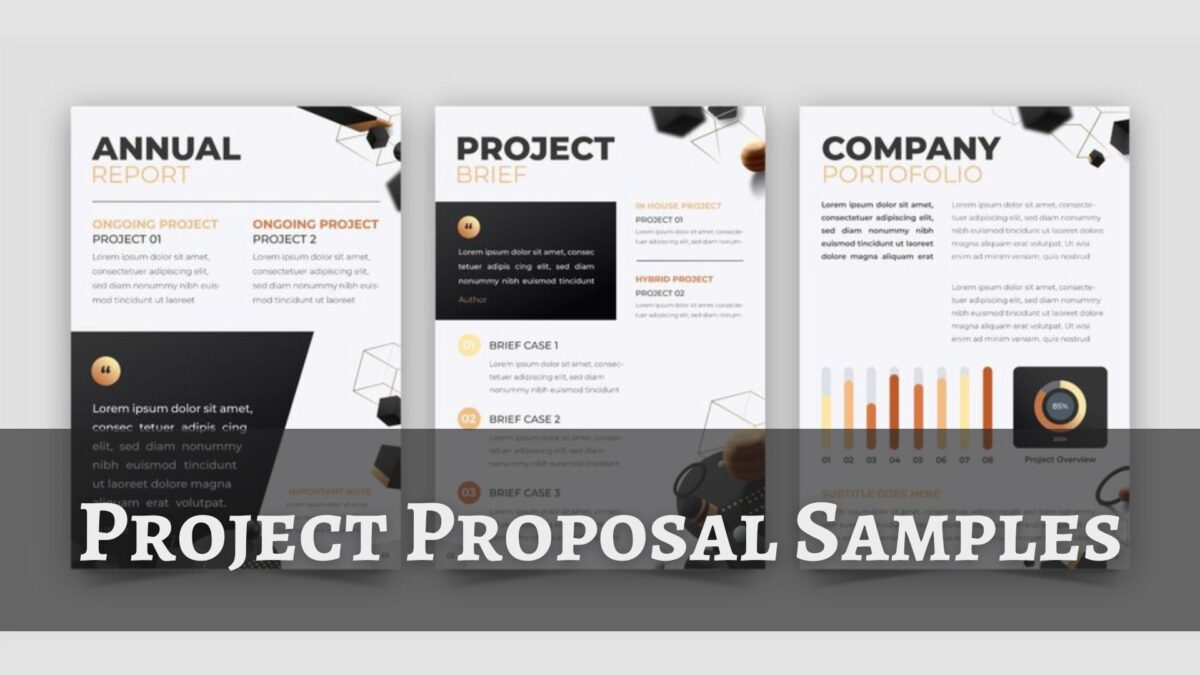
Leave a Reply